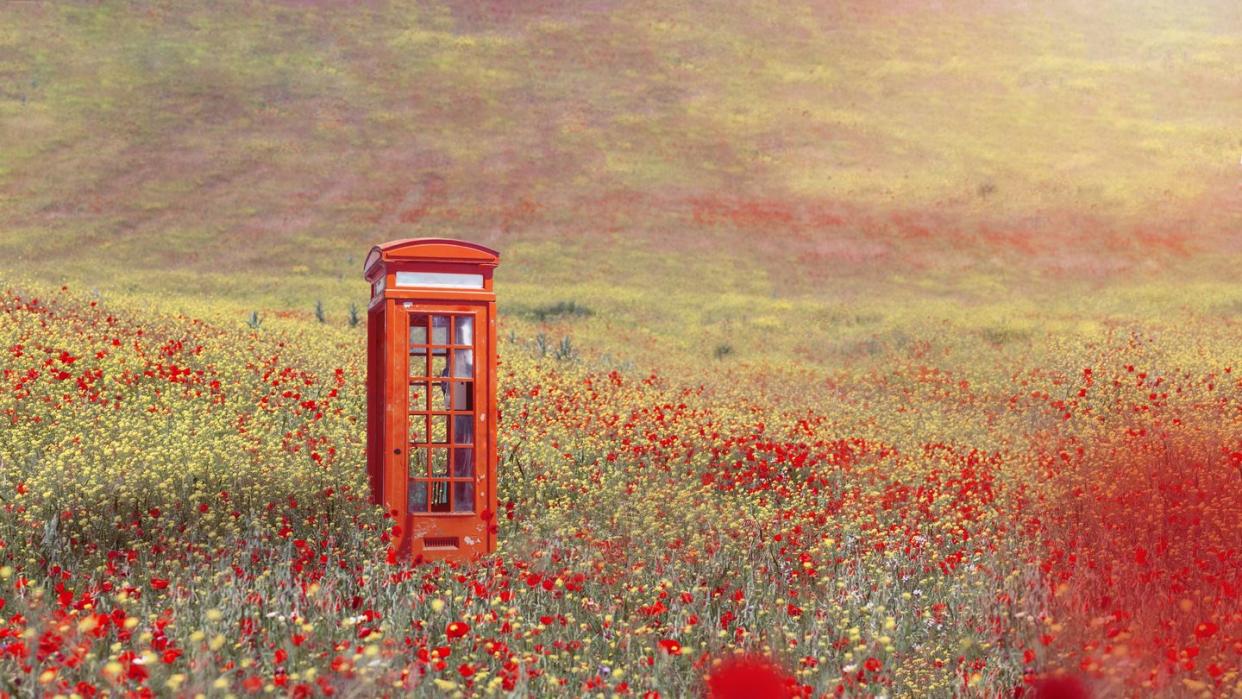Time May Actually Be One Big Illusion, Says a New Study

"Hearst Magazines and Yahoo may earn commission or revenue on some items through these links."
Could the observable universe be exclusively composed of layered, mutually entangled systems?
The passage of time puzzles quantum physicists, who seek to fit it into a cohesive model.
One wild theory posits that time visibly passes because we’re entangled with... well... everything.
Time has puzzled scientists for many decades. Does it meaningfully exist apart from our experience of it as everything moves toward the disintegration of entropy along its irrefutable arrow? You can’t put the “spilled milk” of the weirdness of time back in the jug.
In new research published in the American Physical Society's peer-reviewed journal Physical Review A, scientists from Italy (led by Alessandro Coppo) try to translate one theory of time into real life—or, at least, closer to it. The theory is called Page and Wootters mechanism, and Coppo has studied it for years. It’s a quantum mechanics idea that dates back to 1983.
While general relativity (in the classical physics model) lets time be a variable—like the perception-dependent difference between time on Earth and time in space in stories like Interstellar—quantum physics requires it to be nailed down. That means instead of a dependent variable (something defined by an external property, like local gravity or an object’s distance from Earth), time must be independent, and there must be some way to measure it as such.
This may seem counterintuitive. After all, quantum mechanics is considered the newer version of things—the one that destabilizes the foundation of physics in order to be reconciled with the classical model. But time has a unique role in quantum systems. After all, everything in a particular time, defined in some objective way, is knitted together through quantum interactions until it forms a capture of the entire universe (if you zoom out enough).
In their paper, Coppo and his coauthors turn the Page and Wootters approach into a real concept for a clock. Within quantum physics, a clock isn’t much like the one you wear on your wrist or hang in your office—it’s anything that has a predictable and uniform behavior that can be used as a measurement. (For example, this 2021 Quanta article lists increasingly stinky garbage as a kind of clock!)
New Scientist explains that Page and Wootters wondered if our world is so quantumly entangled within itself that any visible passing of time is a symptom of entanglement. They also suggested that we ourselves are implicated in that entanglement just by seeing the passage of time—because someone outside of the entangled system would see it standing still. The “clock,” therefore, is the item within the entangled system that shows time passing.
It’s easy to see why this theory has stayed mostly abstract for over 40 years. To turn it into something with measurements based in real life observation, scientists took iconic physics equations and restricted them to conditions that match the Page and Wootters scenario. They considered two systems that are entangled but do not interact, where one system is a harmonic oscillator—like a quartz timing in a watch, or a pendulum.
Their solution may prove to be consistent within classical and quantum mechanics, because when enough particles are placed into each quantum system—when it reaches the threshold called “macroscopic,” based on mass—the systems align with classical physics as well.
That‘s a big deal—if our entire, very macroscopic world fits into this definition of time based on entanglement, it means everything around us is entangled. Things would need to be entangled almost by definition in order to be part of our observable world. And it would mean that anything we see where time passes (no matter how far away it is) is linked with us in a vital way.
You Might Also Like

